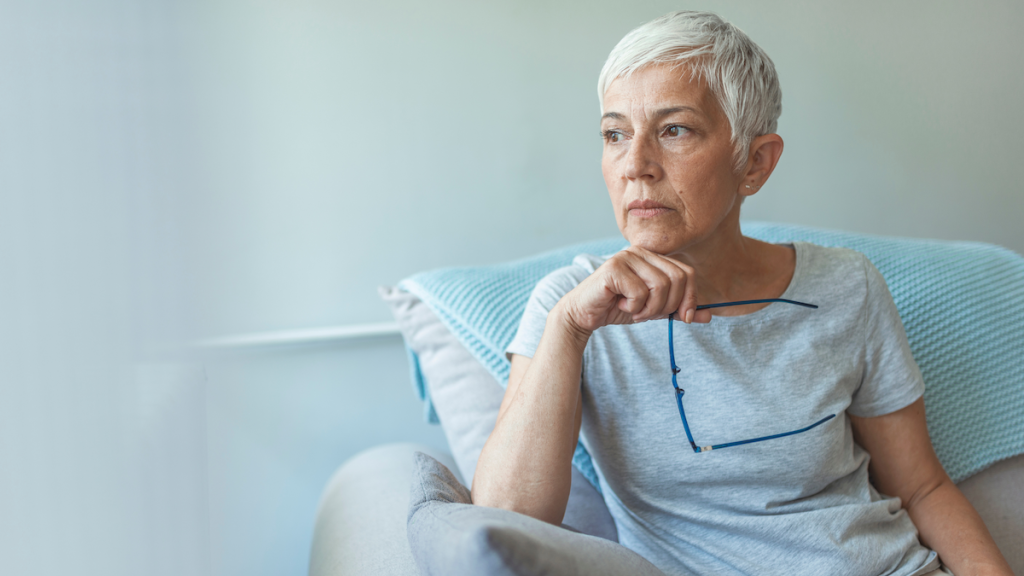In a recent post for Sixty & Me, Dr. Sasse discusses the impact of urinary incontinence. This is a condition that affects millions of people in the U.S. alone, and many millions more worldwide. Many of them struggle in silence as small leaks turn into the complete loss of bladder control. Incontinence is often chalked up to age or the result of chronic health conditions, but the truth is, it can affect men and women of all ages. And in most cases, it has a severe effect on quality of life. Check out the post in full here, and keep reading below for the highlights.
From the Article
“One of the biggest problems with urinary incontinence is the embarrassment and shame that often accompanies it. People with incontinence often feel self-conscious and avoid social situations, leading to isolation and depression. They routinely curtail their physical activities and exercise due to fear of accidents, which can contribute to further health problems.
In addition to the emotional impact, urinary incontinence can also have significant physical consequences. People with incontinence are at increased risk for skin irritation, urinary tract infections, and bladder and kidney damage. The constant leakage of urine can also lead to skin breakdown and increase the risk of infections and pressure ulcers.
Then there’s the financial impact. People with incontinence may need to purchase special incontinence products, such as pads or briefs, which can add up and become quite expensive over time. They may also require additional medical care and treatments, such as physical therapy or medications, driving up the cost of this condition even more.”
Dr. Sasse goes on to discuss one of the biggest potential health tolls associated with urinary incontinence—the side effects of medications often prescribed to treat the problem. Not only are these drugs short-term solutions at best, they’re associated with memory loss and dementia. In fact, the AARP recommends those over 50 steer clear of this class of drugs entirely.
Dr. Sasse outlines the different types of urinary incontinence, which often overlap and have their own causes and treatments. He touches on stress incontinence, urge incontinence, and overflow incontinence. He also points out the unfortunate fact that many healthcare providers often have little training or understanding of incontinence. But there is good news:
“There are highly effective, minimally invasive treatments available that can help people resolve or manage their incontinence and improve their quality of life.
Although lifestyle changes, such as dietary changes, pelvic floor exercises, and weight loss, can help improve urinary incontinence, neuromodulation is considered the best treatment. In more severe cases that also involve prolapse of the pelvic organs, surgery may be necessary to repair physical damage to the bladder or other structures that are contributing to incontinence.”
The Bottom Line
If y0u’d like to learn more about your options for treating incontinence, the team here at The Continence Center of Nevada Surgical is ready to answer all of your questions. We understand the toll this condition can take, and it’s not something you simply have to put up with. Contact us today, and let’s discuss all the ways incontinence can be successfully treated.




